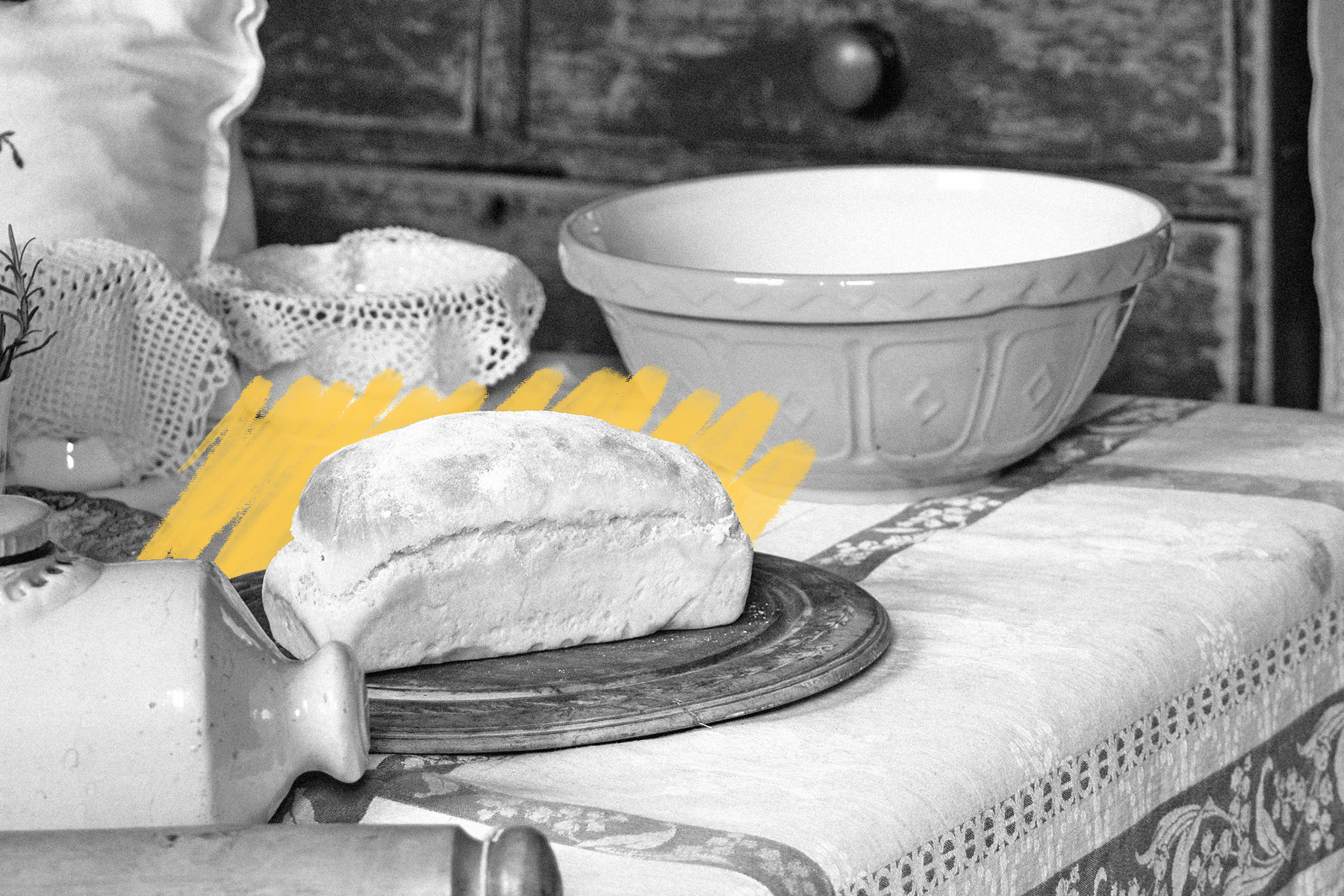 |
Victorian bakers added a toxic ingredient to make bread whiter. |
World History |
 |
| |
| Alum, when consumed regularly, caused digestive issues and diarrhea, the latter of which could be fatal to young children at the time. In the mid-1850s, prominent English physician John Snow proposed a connection between Brits' poor health — notably the widespread prevalence of rickets, a bone-softening disorder — and the alum-filled bread they were consuming, a theory that came to be viewed in scientifically favorable light in the decades that followed. | |
| Without widespread awareness of these health issues, however, food adulteration — adding cheap ingredients to keep costs down and production up — persisted throughout much of the 19th century; plaster of paris and chalk were also commonly added to bread. Regulations such as Britain's 1860 Adulteration of Food and Drugs Act sought to curb the use of harmful additives in food, but were not mandatory nor strictly enforced. A revision in 1875 was taken more seriously, and remained in effect for some 60 years until updated government public health guidelines and food safety laws came into place. | |
 | |
 | |||||||||
By the Numbers | |||||||||
| |||||||||
| |||||||||
 | |||||||||
| |||||||||
Victorians' favorite shade of green was poisonous. | |||||||||
| Scheele's green, named for the chemist who originally invented it in 1775, was a bright, rich color similar to emerald that was hugely popular in 19th-century England. It also happened to contain arsenic. Despite its toxicity being known by the inventor and some experts, the pigment was used in the production of clothing, wallpaper, and even children's toys. Contact with arsenic-laced clothing or other household items often resulted in rashes or sores; some people suffered fatal respiratory issues. Factory workers who produced goods with the pigment had it even worse: Matilda Scheurer, a 19-year-old worker who made artificial flowers, died from the exposure, but not before the whites of her eyes turned green. Regulations around tracking and disclosing arsenic use went into effect in the U.K. in 1851, and by the end of the 19th century, manufacturers of various goods had all but replaced the toxin with safer ingredients. | |||||||||
 | |||
Recommended Reading | |||
 | |||
| | |||
 | |||
| | |||
| + Load more | |||
| |||||||||
| 700 N Colorado Blvd, #513, Denver, CO 80206 | |||||||||
|





No comments:
Post a Comment